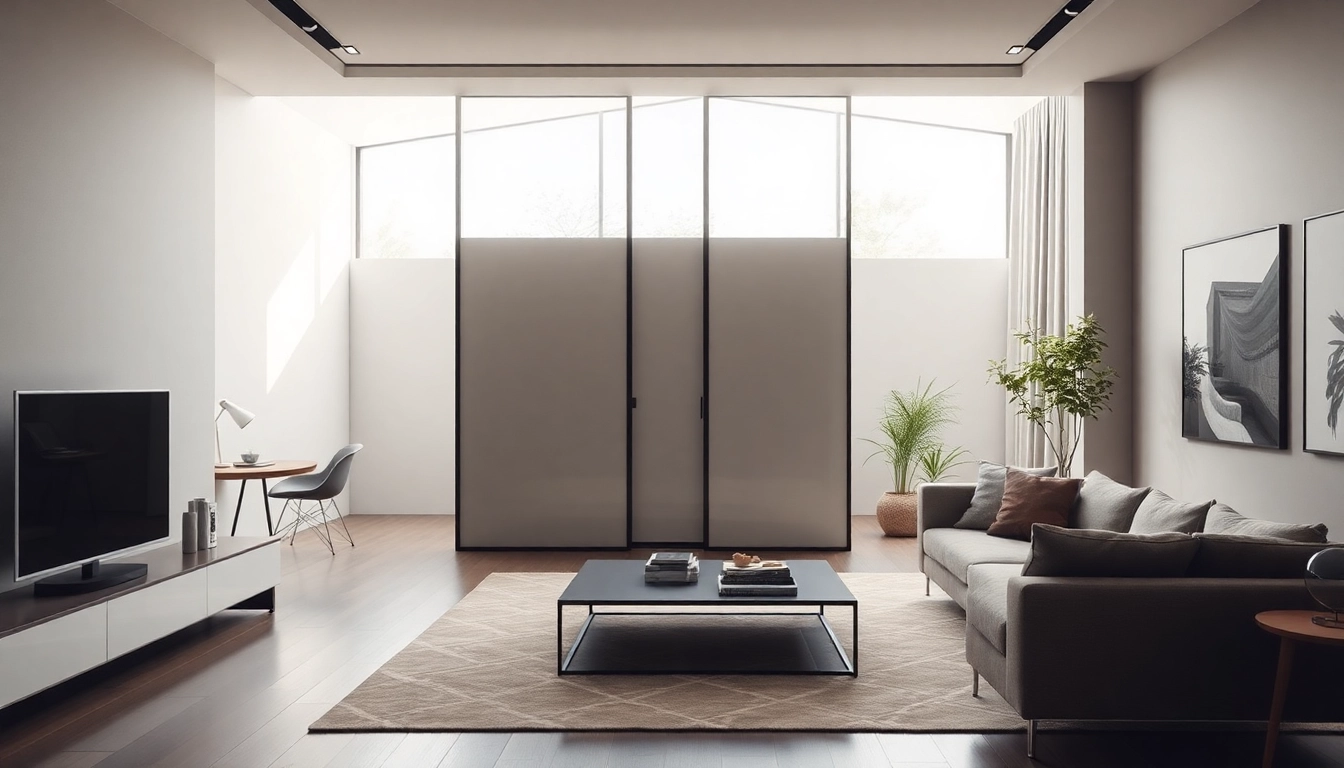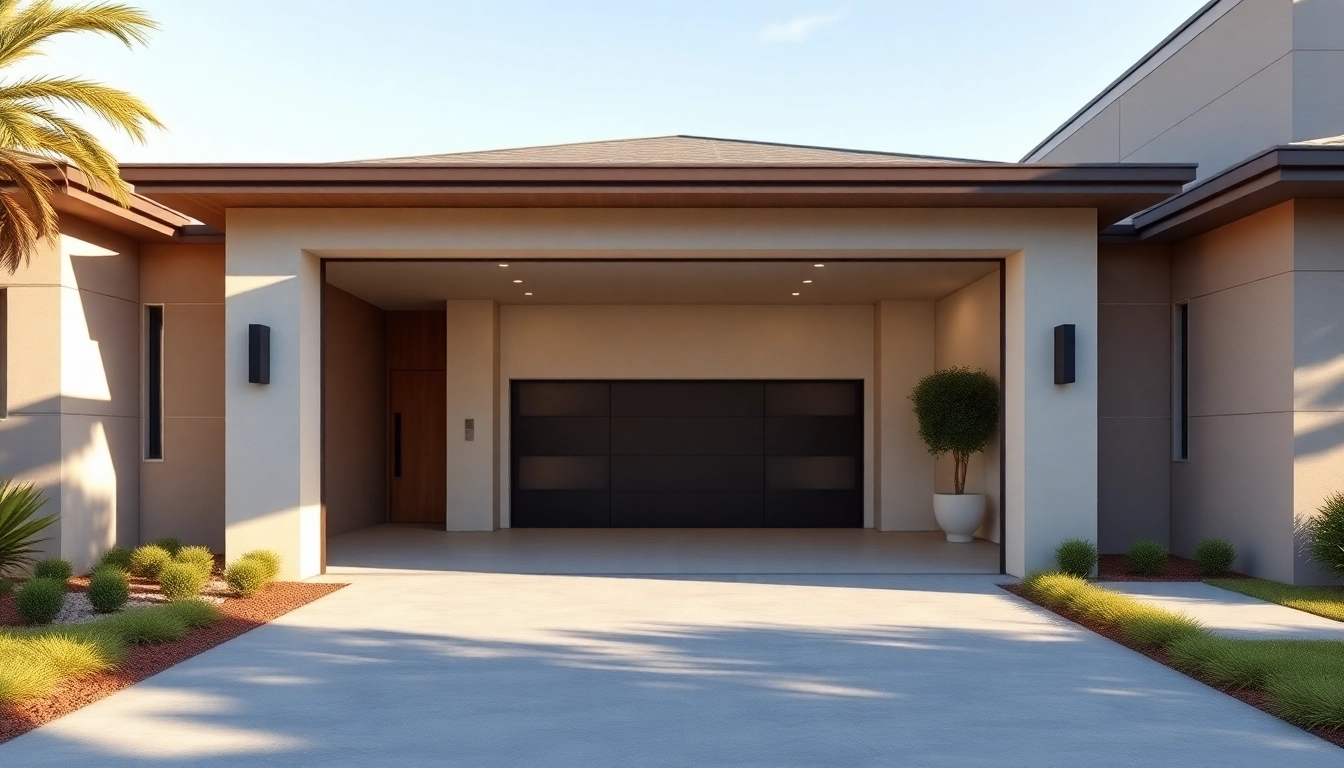What is a Sliding Partition Wall?
Understanding Sliding Partition Walls
A sliding partition wall is a versatile interior structure designed to provide flexibility in the usage of space. These walls are typically composed of panels that can be effortlessly moved along a track system, allowing users to create, divide, or alter the space as needed. Sliding partition walls are particularly popular in both residential and commercial settings for their ability to transform large areas into distinct zones without the permanence of traditional walls.
Benefits of Using Sliding Partition Walls
Incorporating sliding partition walls into a space offers numerous advantages:
- Flexibility: They allow for quick reconfiguration of spaces to adapt to different needs, from creating private offices to adjusting room sizes for events.
- Space Saving: Unlike traditional doors that require a swinging arc, sliding panels glide along the track, conserving valuable floor space.
- Enhanced Aesthetics: With various design options available, sliding partition walls can introduce modern style while providing functionality.
- Sound Control: Many models come with sound-dampening properties, crucial for maintaining privacy in open office environments or residences.
- Cost-Effective: Compared to constructing permanent walls, sliding partition systems generally incur lower installation and material costs.
Key Features to Consider
When selecting a sliding partition wall, certain features should influence your decision:
- Material: Choices range from glass and wood to composite materials, affecting durability, aesthetics, and cost.
- Track System: Look for systems with smooth, reliable mechanisms that fit your space’s design. Options include ceiling-mounted and wall-mounted tracks.
- Height and Width: Ensure the dimensions meet your space requirements; some solutions can accommodate expansive areas.
- Acoustic Performance: Depending on your needs, select models that enhance sound insulation to ensure privacy.
- Customization: Assess your ability to customize designs, finishes, and functionalities, enabling alignment with your interior decor.
Applications of Sliding Partition Walls
Residential Uses and Ideas
In residential settings, sliding partition walls are increasingly embraced for their ability to create multifunctional living spaces. Here are several innovative applications:
- Home Offices: With more people working from home, a sliding partition can create a quiet workspace separated from family activities.
- Guest Rooms: Transform a home into accommodating spaces that can be adjusted depending on visitor needs.
- Open Floor Plans: Allow homeowners to maintain an open feel while still providing the option for privacy when needed.
- Playrooms: Create children’s play areas that can easily be closed off when not in use and opened up for gatherings.
Commercial Spaces: Maximizing Flexibility
Sliding partition walls are equally vital in the commercial realm, where adaptability is essential. Here are key applications:
- Event Spaces: In venues where the layout needs to change frequently, sliding walls can redefine areas for different functions.
- Coworking Spaces: These movable walls facilitate various configurations and help accommodate diverse work styles among tenants.
- Retail Environments: Store layouts can be fluid, allowing for pop-up events or changing merchandise displays with ease.
- Conference Rooms: Create separation for meetings without permanent constructions, making it easy to adjust based on participant numbers.
Innovative Designs in Sliding Partition Walls
The evolution of sliding partition walls has witnessed creative designs that enhance both aesthetics and functionality:
- Glass Panels: Offering transparency and light, glass sliding partition walls allow visual connectivity while maintaining separation.
- Eco-Friendly Materials: Sustainable options, like reclaimed wood and bamboo, are gaining popularity among environmentally conscious designers.
- Artistic Customizations: Homeowners and businesses alike are commissioning unique designs that blend art with utility.
- Smart Technology: Incorporating smart systems enables automated wall movements and integrates with smartphones for user-friendly interfaces.
Choosing the Right Sliding Partition Wall
Factors to Evaluate for Your Space
When deciding on a sliding partition wall, consider the following factors:
- Purpose: Define the function of the partition—Is it for privacy, sound control, or aesthetic appeal?
- Space Limitations: Analyze room size, ceiling height, and design limits that might affect installation.
- Traffic Flow: Ensure that the sliding operation doesn’t block pathways or create clutter.
- Regulations: Familiarize yourself with local building codes that might affect the installation of such products.
Material Options and Their Benefits
Material choice significantly impacts your sliding partition wall’s performance and aesthetic appeal. Here are common materials and their features:
- Wood: Offers a warm, inviting feel. It can be customized easily and provides excellent sound insulation.
- Glass: Provides visual openness and light flow; however, it may require more maintenance to keep it clean.
- Metal: Often used in commercial applications, metal panels are durable and have a modern appearance.
- Composite Materials: These materials combine properties of multiple substances for enhanced durability and aesthetics, often mimicking wood or glass.
Customizable Solutions for Unique Needs
Many manufacturers now offer customizable sliding partition walls. Businesses or homeowners should explore options such as:
- Size Adjustments: Tailor the dimensions for specific spaces, ensuring perfect fit and function.
- Color and Finish: Choose from a vast palette or finishes that align with existing decor.
- Functionality: Incorporate built-in features such as shelving, sound insulation layers, or double-sided designs.
Installation and Maintenance Tips
DIY Installation Guide
Many sliding partition walls can be installed as a DIY project. Here’s a simple step-by-step guide:
- Measure Your Space: Determine the desired location, taking careful measurements of height and width.
- Choose Your Track: Select the appropriate track system—ceiling-mounted or wall-mounted—based on your design.
- Install the Track: Follow the manufacturer’s instructions to securely mount the track, ensuring it is level.
- Hang the Panels: Attach the sliding panels onto the track, testing their movement for ease and functionality.
- Final Adjustments: Make any necessary adjustments to the alignment and ensure panels move freely.
Hiring Professionals: What to Expect
If you opt for professional installation, here’s what you can expect:
- Consultation: Professionals will conduct an assessment to determine the best solutions based on your needs and space.
- Installation Team: A qualified team will handle the delivery, setup, and testing of your sliding partitions, typically completing the job within a day or two.
- Post-Installation Check: Expect guidance on how to operate and maintain the walls effectively.
Regular Maintenance for Longevity
To ensure your sliding partition walls stand the test of time, adhere to these maintenance tips:
- Cleaning: Regularly clean tracks and panels to prevent dirt buildup and ensure smooth operation.
- Lubrication: Apply lubricant to moving parts on a semi-annual basis to maintain fluid movement.
- Inspection: Periodically check for loose panels or misaligned tracks; make adjustments to avoid further damage.
Trends and Innovations in Sliding Partition Walls
Eco-Friendly Materials in Modern Designs
In response to growing environmental awareness, manufacturers are increasingly opting for sustainable materials. Innovations include:
- Use of recycled materials
- Timber sourced from sustainably managed forests
- Non-toxic finishes that contribute to better indoor air quality
Smart Technology Integration
The incorporation of smart technology is reshaping how we interact with our spaces. Modern designs may now feature:
- Automated movement controls
- Integration with home or office management systems for seamless operation
- Sensor technology to adjust wall positions based on room occupancy
Future Developments in Sliding Partition Wall Solutions
As technology and design continue to evolve, we can anticipate several advancements, including:
- Enhanced Acoustic Control: Future models will likely offer improved soundproofing technologies, catering to a growing need for privacy.
- Augmented Reality Integration: Users might interact with partitions through AR interfaces for a customizable experience.
- More Adaptable Designs: Continued innovation in materials will yield sliding partition walls that adjust according to changes in environmental conditions or user needs.



